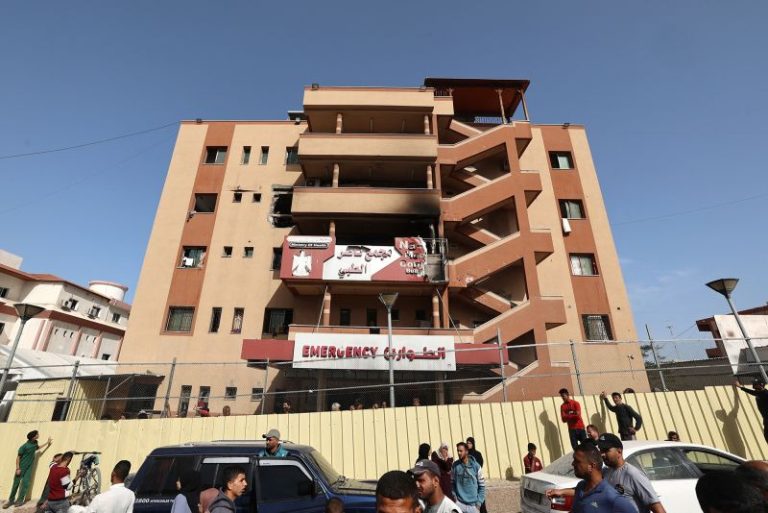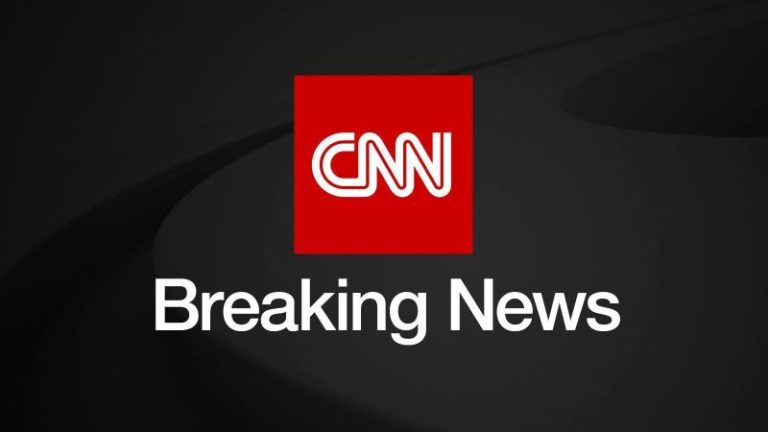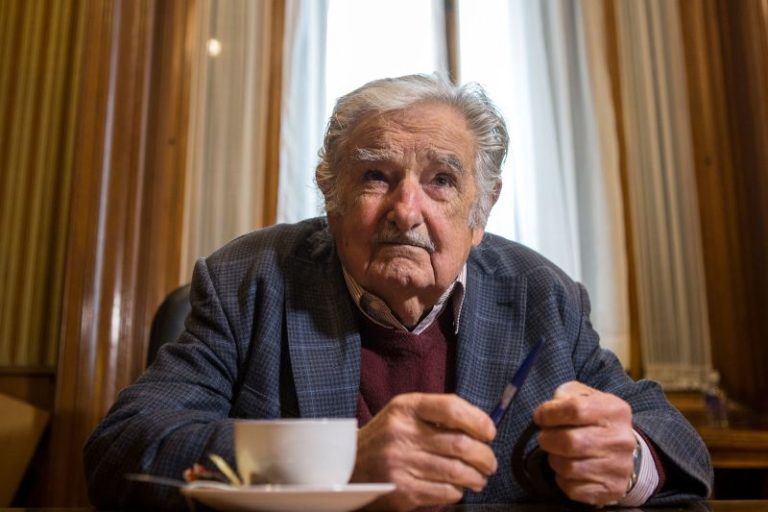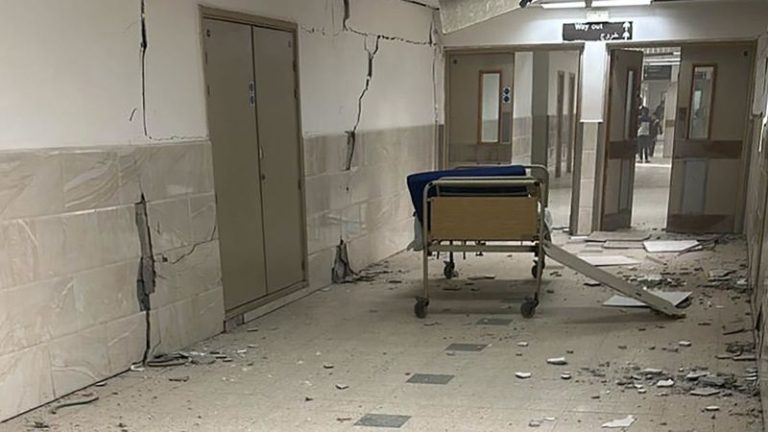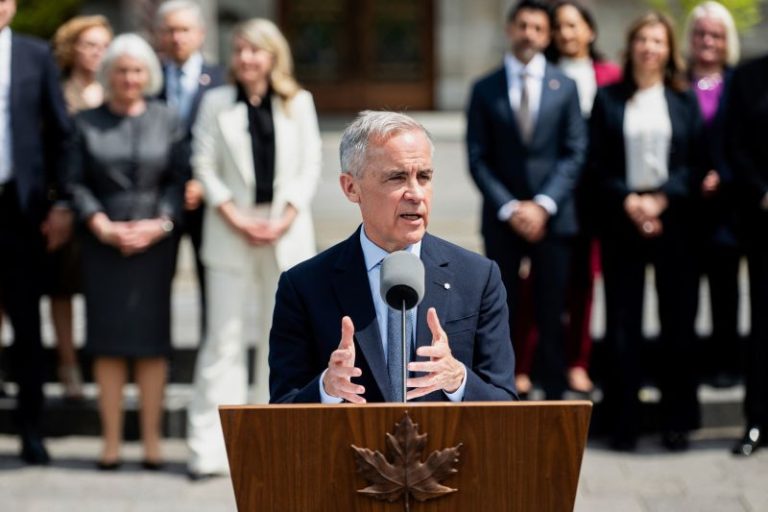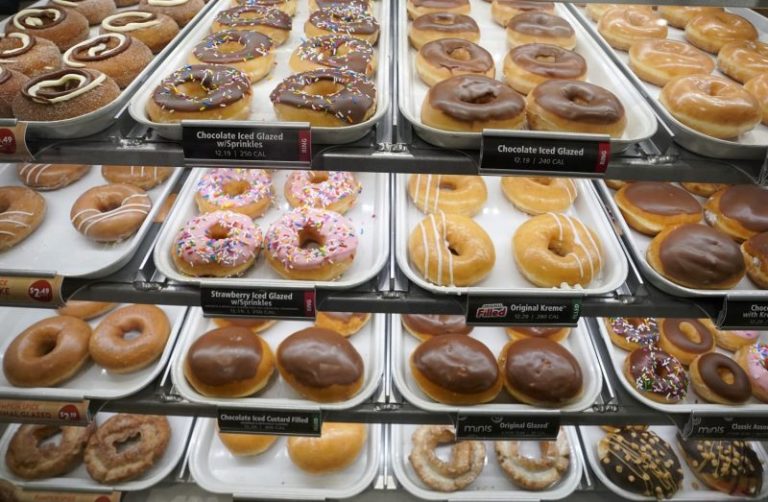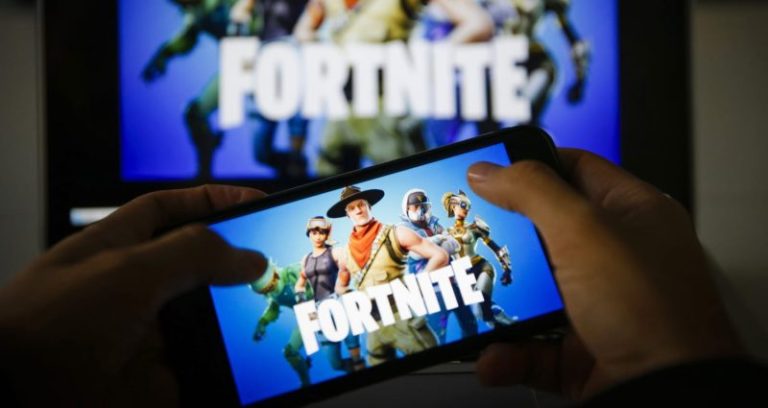Rare earths are important for many of today’s technologies and tomorrow’s carbon-free economy.
Investors may not be very familiar with the metals individually, but the group of elements is found in technology all around us, commonly in the form of rare earth magnets, which are used in everything from electric vehicles to smartphones to wind turbines. As technology continues to advance, they are expected to remain in high demand.
Another long-term story in the rare earth element (REE) market is China’s dominance of the overall industry. With geopolitics at the forefront, countries are focusing more and more on attaining domestic sources of critical metals, and companies are working to find new sources in diverse locations to meet this growing demand.
1. Resouro Strategic Metals (TSXV:RSM)
Yearly gain: 95.65 percent; market cap: C$31.97 million; current share price: C$0.45
Resouro Strategic Metals is an exploration and development company with mineral projects in Brazil, including the Tiros rare earths and titanium project in Minas Gerais and the Novo Mundo gold project in Mato Grosso.
The company has an earn-in agreement to take a 90 percent stake in the Tiros asset.
In recent months, Resouro’s drilling and metallurgical testwork at Tiros has yielded high rare earths and titanium dioxide grades. This work culminated in the release of a JORC-compliant resource estimate for Tiros on July 17.
According to the company, the maiden resource estimate includes a combined measured and indicated resource representing 1 billion metric tons at 4,050 parts per million total rare earth oxides (TREO) containing 1,120 parts per million magnetic rare earth oxides and 12 percent titanium dioxide.
‘The (mineral resource estimate) places the Tiros Project as one of the largest undeveloped titanium and rare earth resource globally and in Brazil,’ states the company’s press release.
2. Aclara Resources (TSX:ARA)
Yearly gain: 44.44 percent; market cap: C$88.2 million; current share price: C$0.52
Aclara Resources is a development-stage heavy rare earths company developing its ionic clays deposits, including the Penco module in Southern Chile and the Carina module in Central Brazil.
The company’s patented, award-winning Circular Mineral Harvesting closed-circuit rare earths extraction process eliminates the need for a tailings dam and conditions spent clays for future revegetation with native forests.
Aclara’s Penco module semi-industrial pilot plant program was completed in September 2023, producing samples of high-purity rare earths concentrate. The plant processed 120 metric tons of ionic clays to produce about 107 kilograms of wet high-purity heavy REE concentrate. The company is targeting Q2 2027 for commencing production at the Penco module.
More recently, Aclara announced that it has submitted a new environmental impact assessment for the Penco module that features an improved design addressing environmental and social concerns.
3. Commerce Resources (TSXV:CCE)
Yearly gain: 18.18 percent; market cap: C$25.48 million; current share price: C$0.13
Commerce Resources is developing the Ashram rare earths and fluorspar deposit located in Québec, Canada.
The company believes the project has the potential to become a low-cost producer of mixed rare earths carbonate and/or neodymium and praseodymium oxide. Commerce has made steady progress over the past year in meeting that objective for the Ashram deposit. In March, the company made significant advances in optimizing the mineral processing and hydrometallurgical flowsheets for the project, resulting in 30 to 35+ percent rare earth oxide monazite mineral concentrates at recoveries of between 60 and 70 percent; these were produced using only flotation.
The company released a resource estimate update for Ashram in May, increasing tonnage in the indicated category by 164 percent following nearly 28,800 meters of diamond drilling at the asset. The updated resource estimate now shows an indicated 73.2 million metric tons at 1.89 percent TREO and 6.6 percent calcium fluoride, and an inferred 131.1 million metric tons at 1.91 percent TREO and 4 percent calcium fluoride.
FAQs for rare earth investing
What are rare earth minerals?
Rare earths are a category of elements that share many chemical properties. In fact, all but two — yttrium and scandium — are also called lanthanides. These elements are commonly found in the same deposits and are necessary for diverse technological applications such as rare earth magnets.
How many rare earth elements are there?
In total there are 17 elements that make up the rare earths category, and they are split into light and heavy rare earths. On the light side, there are cerium, lanthanum, praseodymium, neodymium, promethium, europium, gadolinium and samarium, and on the heavy side there are dysprosium, yttrium, terbium, holmium, erbium, thulium, ytterbium, yttrium and lutetium.
Where are rare earth metals found?
In terms of both reserves and production, China is the frontrunner for rare earth metals by a long shot, with 44 million metric tons of reserves and 240,000 metric tons of production in 2023. However, Vietnam and Brazil also have significant reserves above 20 million MT. With regards to rare earth production, the US is in second place at 43,000 metric tons due to the Mountain Pass mine in California.
Securities Disclosure: I, Melissa Pistilli, hold no direct investment interest in any company mentioned in this article.



